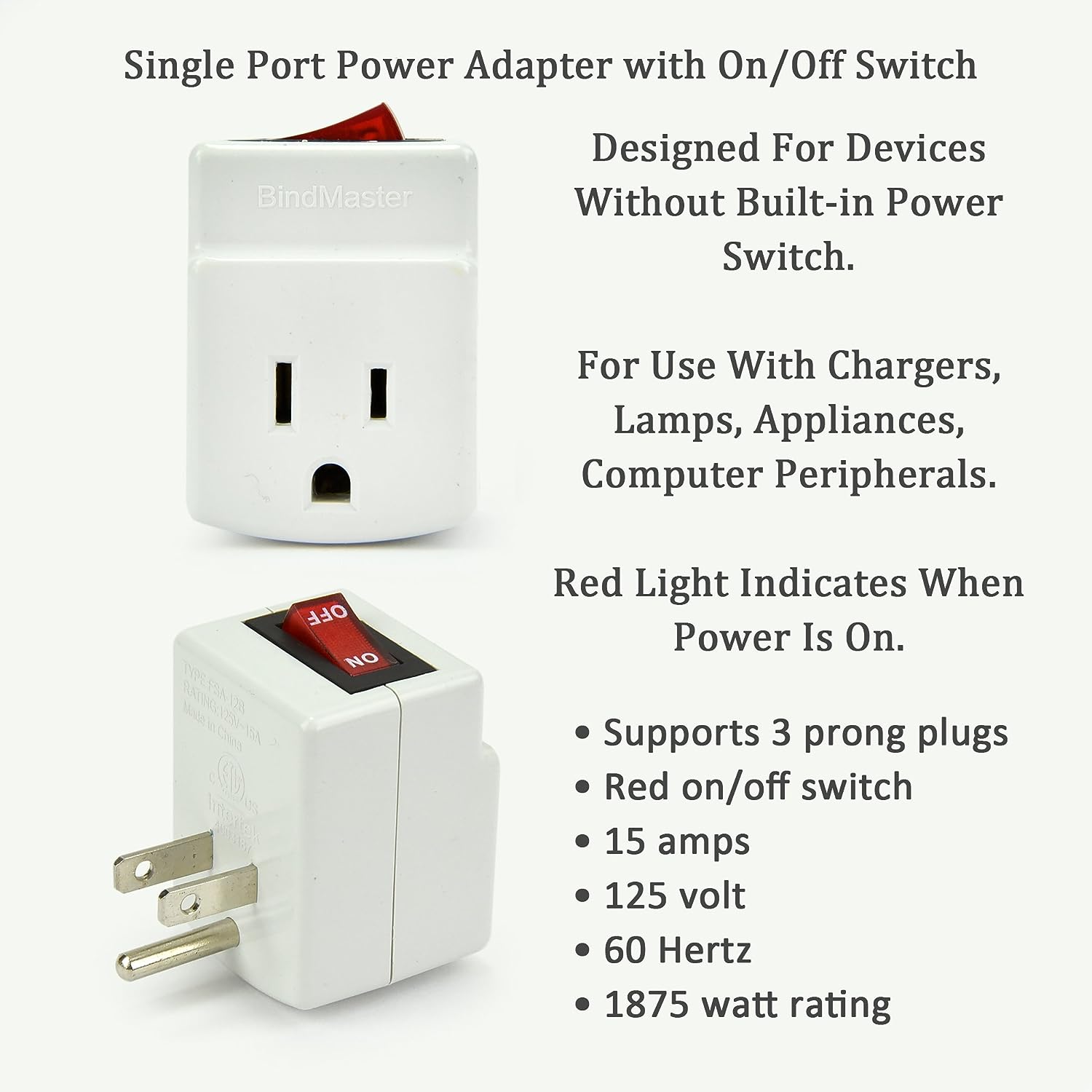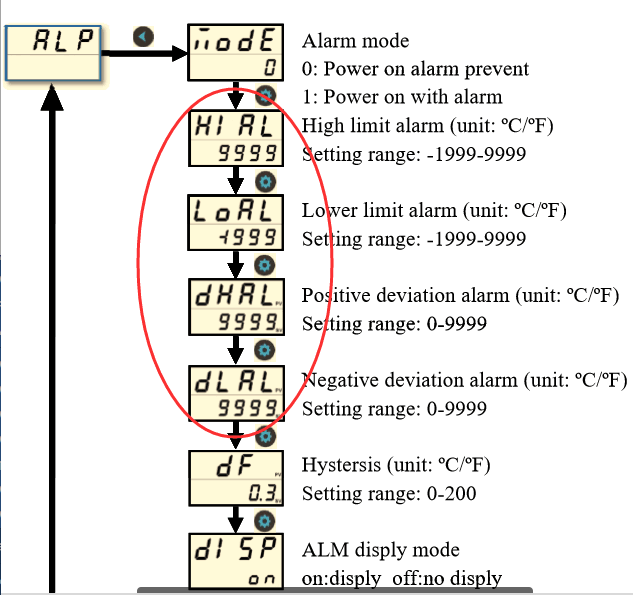BlurryEyed
Well-Known Member
Does anyone own or have any experience with Inkbird's IPB-16 PID Controller?

http://www.ink-bird.com/products-PID-controller-ipb16.html
It has two outlets - Output and Alarm

Max output current:
OUT:15A for 120V AC, 12A for 220V AC
ALARM: 8A for 120/250VAC (resistance load)
I emailed Inkbird support to see if the Alarm outlet could serve as an auxillary output (for my pump) and they indicated it could. When I asked how to do so, they did not respond.
I'm hoping this could be an option for my RIMS tube setup (rather than building a controller). Is the ALARM Output specs enough to drive a Chugger pump? Can anyone think of any pros/cons to a controller like this?

http://www.ink-bird.com/products-PID-controller-ipb16.html
It has two outlets - Output and Alarm

Max output current:
OUT:15A for 120V AC, 12A for 220V AC
ALARM: 8A for 120/250VAC (resistance load)
I emailed Inkbird support to see if the Alarm outlet could serve as an auxillary output (for my pump) and they indicated it could. When I asked how to do so, they did not respond.
I'm hoping this could be an option for my RIMS tube setup (rather than building a controller). Is the ALARM Output specs enough to drive a Chugger pump? Can anyone think of any pros/cons to a controller like this?





